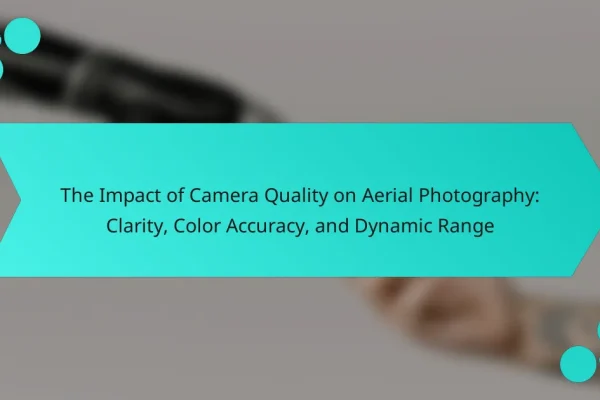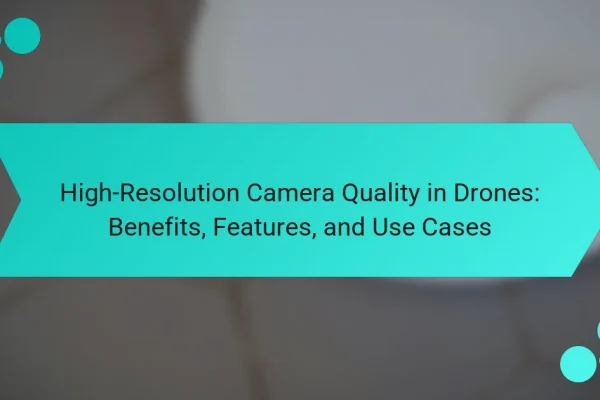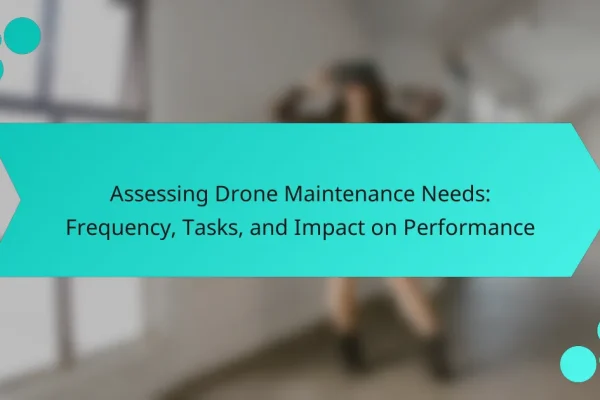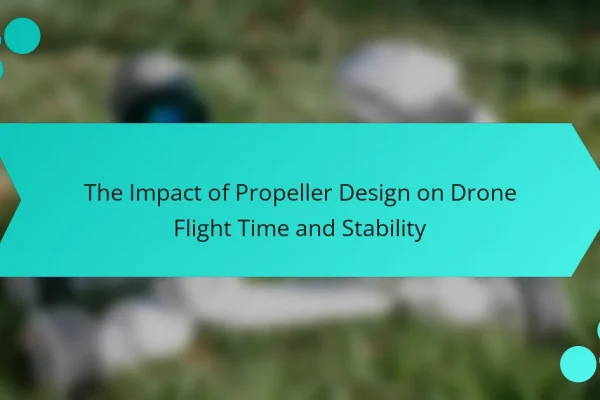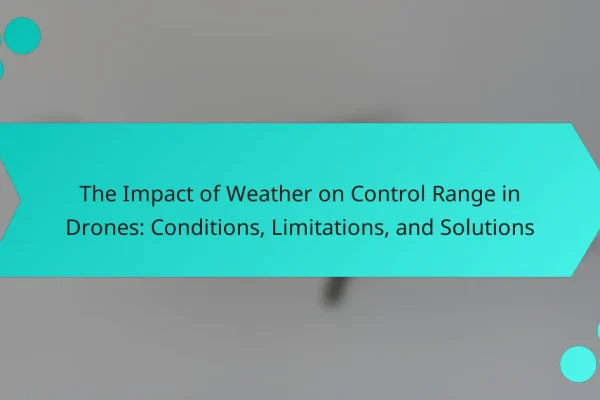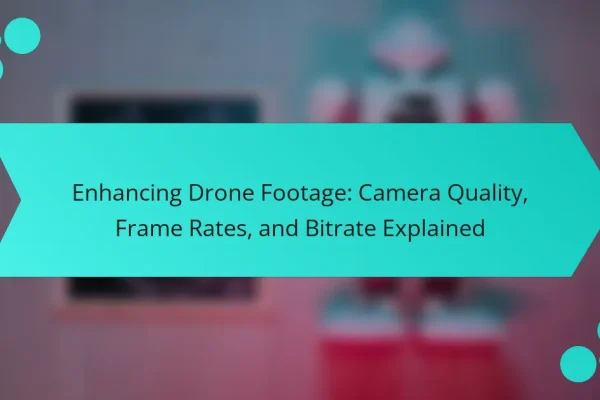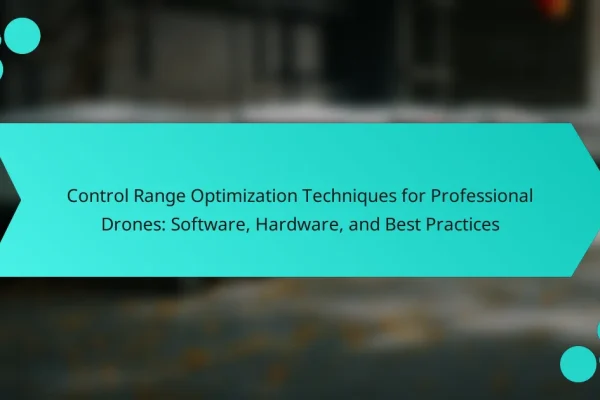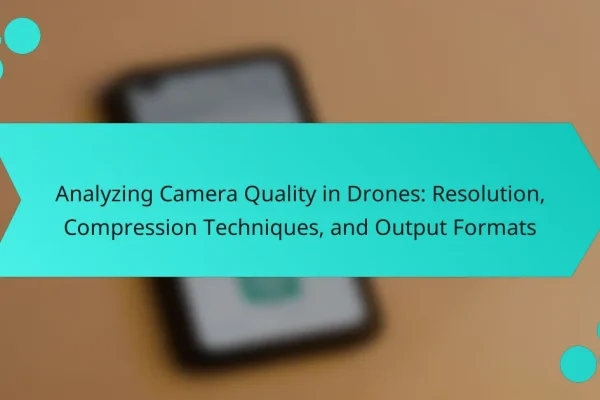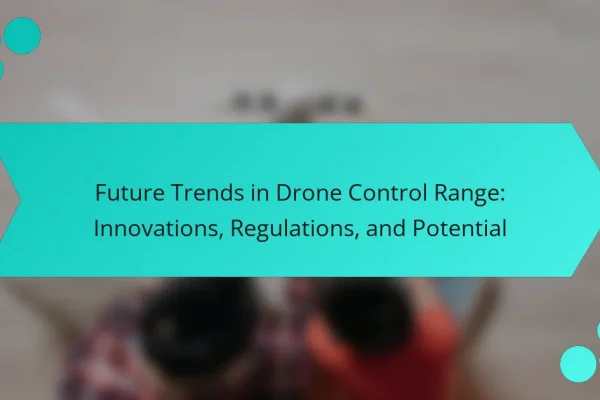
Future Trends in Drone Control Range: Innovations, Regulations, and Potential
What are the Future Trends in Drone Control Range? Future trends in drone control range include advancements in communication technologies and regulatory changes. Enhanced communication systems, such as 5G, will increase range and reliability. Innovations in satellite technology are also expected to extend operational limits significantly. Additionally, the integration of AI and machine learning will…
